Tiered ceilings
For some, multi-level ceilings have become a symbol of style and wealth: in an effort to create an unusual structure with built-in lighting, apartment owners were deprived not only of money, but also of the normal ceiling height. Pressing "patterns" look out of place in small sizes, moreover, they are difficult to care for. Today, the trend is as simple as possible, a ceiling free of frills, and it will never go out of style.
False classic
Headboards with clumsy carvings, massive chandeliers on a low ceiling, intricate furniture combined with carpets - this mix was intended to convince themselves and others of their penchant for luxury. But the classic style is, first of all, a balance of grace and severity. It is easy to break it with cheap fakes and low-quality imitations.
Arches
Rounded passages have become a highlight of the interiors with European-quality renovation. Despite the fact that curly drywall arches rarely fit into the setting, the trend has become extremely popular. The arched structures were absolutely useless, but then they seemed original and memorable.
Wallpaper
In the 90s, private printing companies began to actively develop, which offered not only ready-made wallpapers, but also canvases made to order. Unfortunately, few people could boast of excellent taste and print quality, and huge flowers, landscapes with a night city and animals appeared on the walls of apartment owners.
Stone tile
In modern interiors, designers use decorative stone as small accents, but in the 90s they tried to use this unusual material everywhere. Walls, arches, artificial fireplaces, bar counters were decorated with stones. Often the abundance of stone produced a gloomy impression.
Beige shades
If you look at the color scheme of the interiors with European-quality repair, it is easy to notice the colors that unite them: peach, orange-brown, less often red and black. Almost everything was decorated in warm colors, ignoring the design rules. Auburn laminate flooring, decorative plaster in pale yellow and sandy shades, wood effect doors. It was beige that became the basis of the palette in the nineties: perhaps it was easier to find products in pastel colors, or maybe they were considered the most noble.
"Inflated" sofas
In the 90s, they tried to buy furniture that would look expensive and rich, fit into an interior with wavy elements. Rounded tables and kitchen cabinets, plasterboard shelves and decorative details made the eco-leather sofa company. A pair of armchairs in the same unusual design was usually bought as a set.
Multi-layer curtains
The windows were decorated with whole compositions with picturesque folds, lambrequins, tassels and grabs. Despite the complexity of execution, massive curtains did not paint the interior: they looked out of place and resembled the backstage of a theater.Such curtains were difficult to maintain - sometimes, to hang them, you had to invite a designer.
Self-leveling floors
Another symbol of European renovation is floors with a 3D effect. Simple technology made it possible to print any image and protect it with a polymer composition, and flower meadows, grass and the ocean floor came into vogue. Expensive floors did not always justify the funds invested in them: it is not easy to care for them, the picture quickly becomes boring, dismantling causes difficulties.
Stucco
In small apartments, intricate decor for walls and ceilings, as well as foam columns, looked out of place and even vulgar. Instead of the Baroque style, most people sought only a parody of it, since few could afford the plaster molding, which usually decorated spacious houses with high ceilings.
The previously unknown abundance of building materials that poured into the Russian markets prompted the use of many incongruous elements in the interior and to forget that beauty is in simplicity.

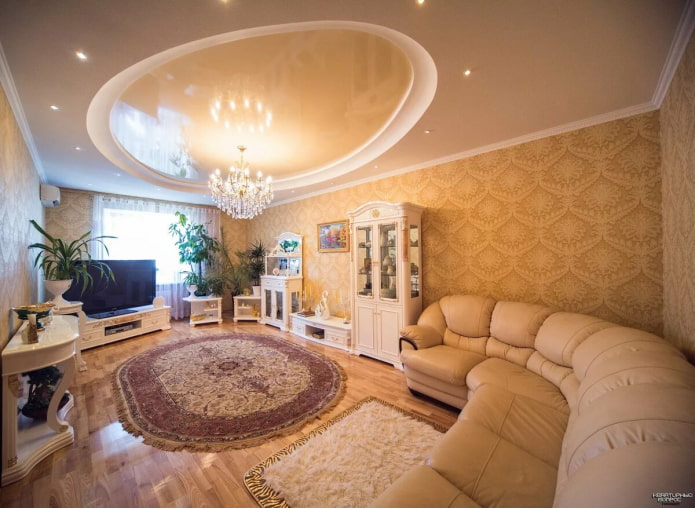
 10 practical tips for arranging a small kitchen in the country
10 practical tips for arranging a small kitchen in the country
 12 simple ideas for a small garden that will make it visually spacious
12 simple ideas for a small garden that will make it visually spacious
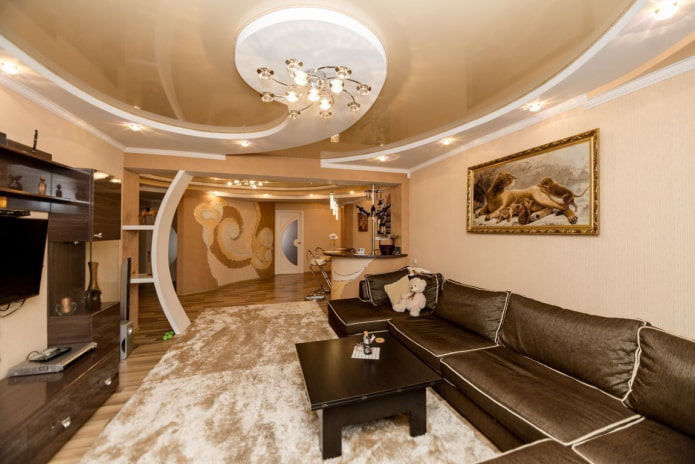
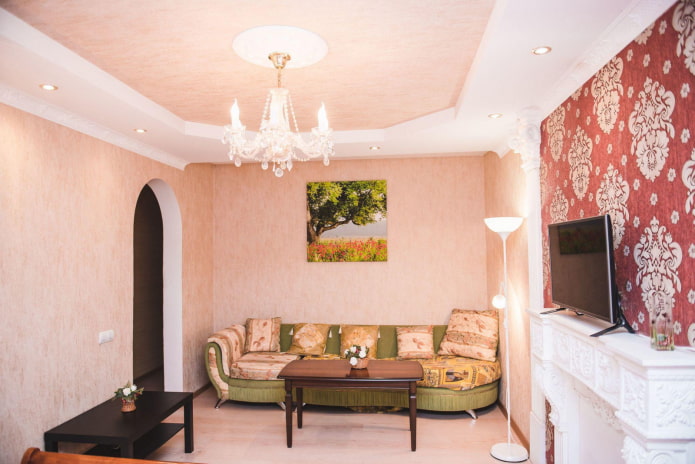

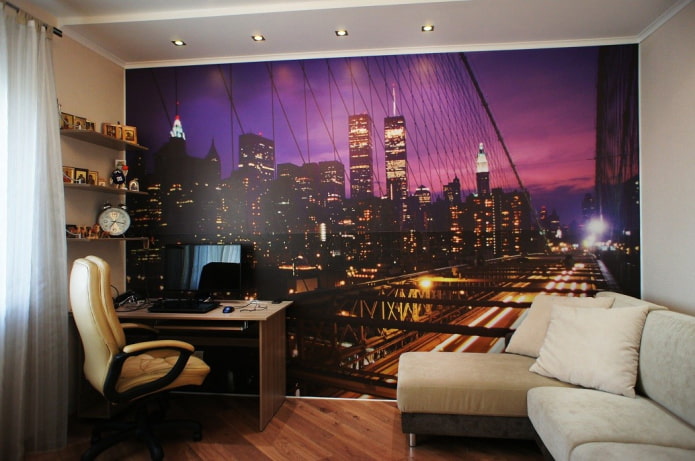
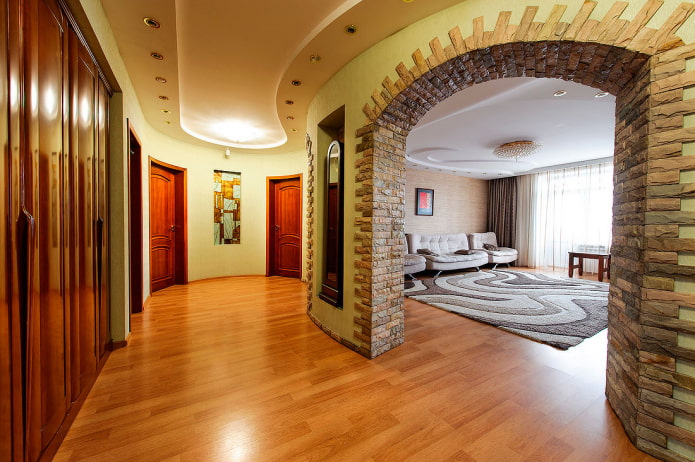

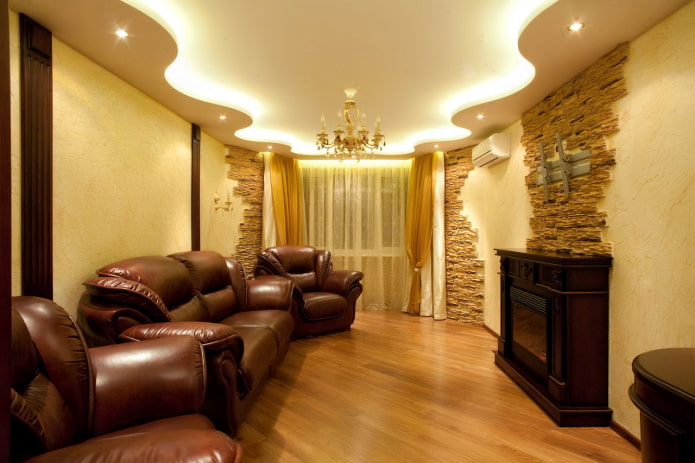
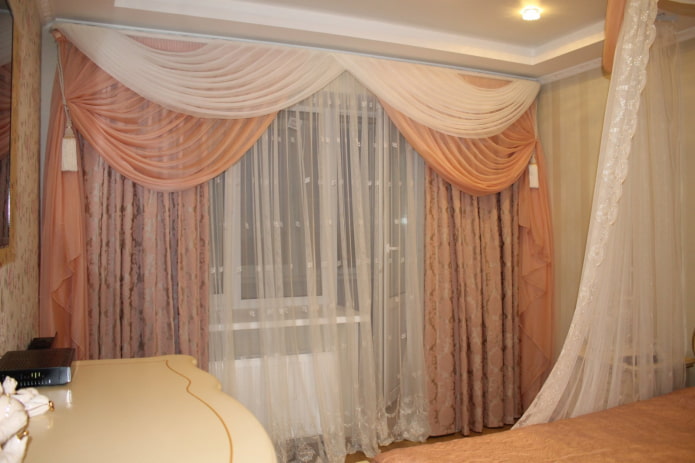
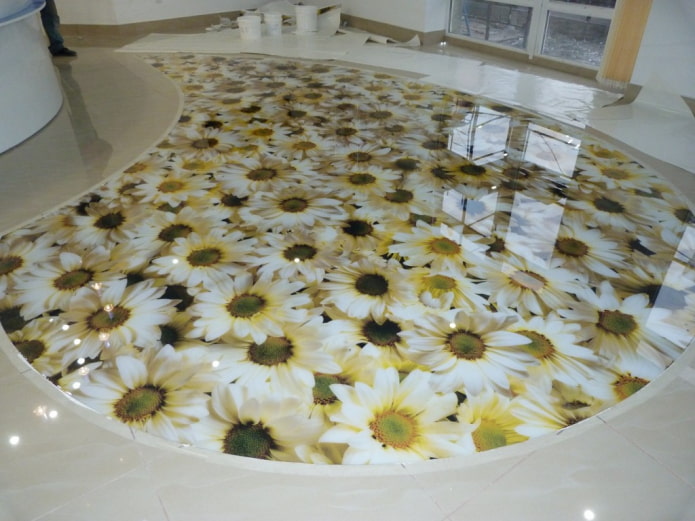
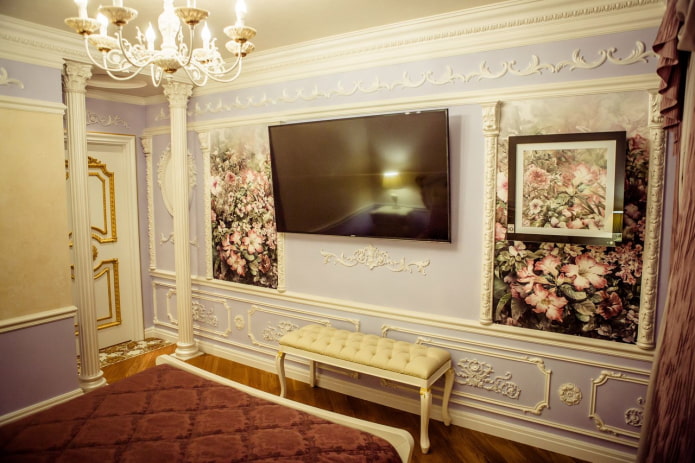

 13 bad habits a good housewife shouldn't have
13 bad habits a good housewife shouldn't have 24/7 home cleanliness - 4 secrets for the perfect housewife
24/7 home cleanliness - 4 secrets for the perfect housewife 6 hotels in Sochi that will give odds to the promoted foreign hotels
6 hotels in Sochi that will give odds to the promoted foreign hotels Top 10 interior design trends 2020
Top 10 interior design trends 2020 Rating of cheap TVs with Smart-TV
Rating of cheap TVs with Smart-TV New Year's LED garlands on AliExpress - we disassemble while it's hot, so that it's bright at home
New Year's LED garlands on AliExpress - we disassemble while it's hot, so that it's bright at home